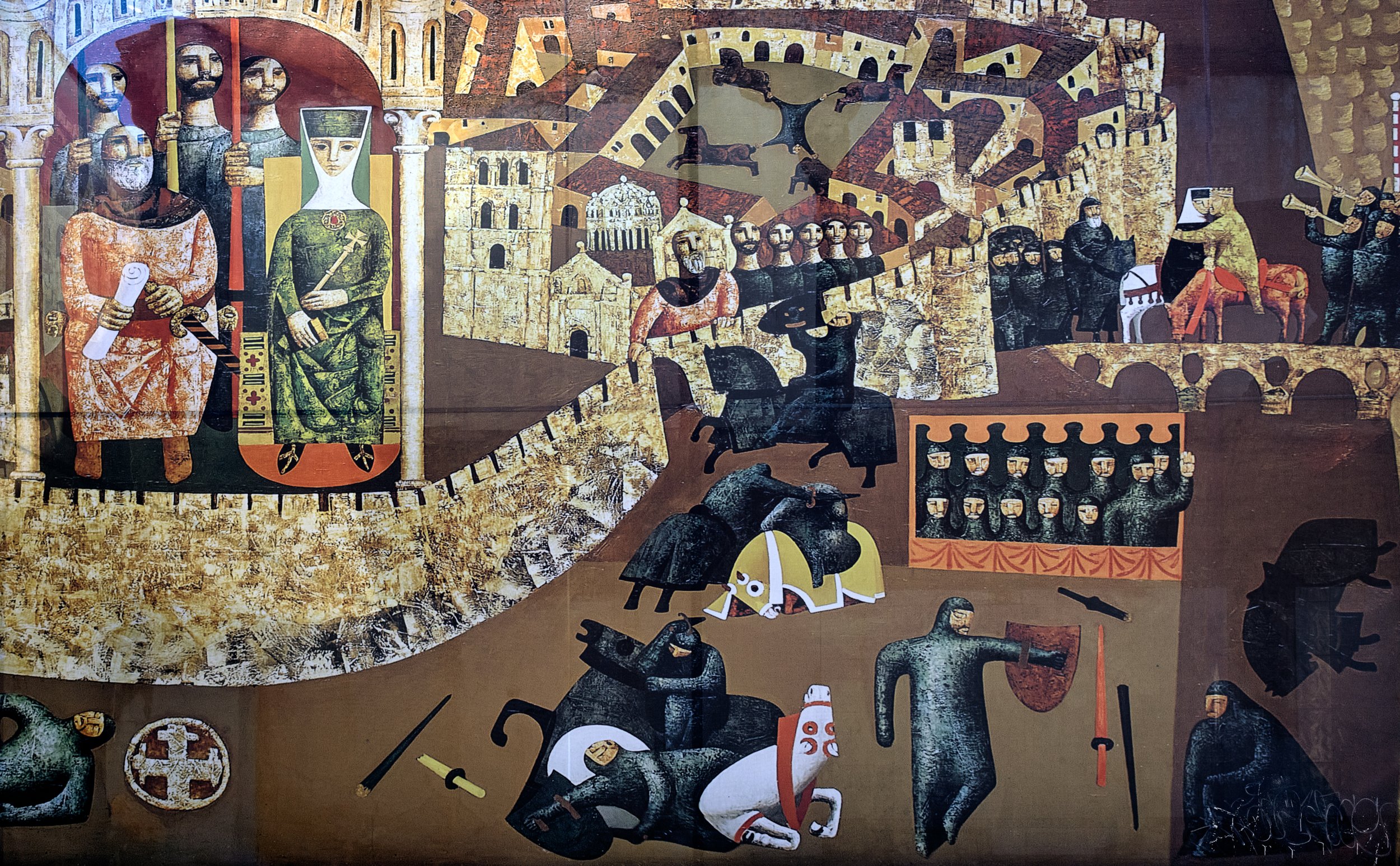Urraca of Zamora was a prominent figure in the tumultuous history of medieval Spain. Born around 1050, she was the daughter of King Ferdinand I of León and Castile and sister to the famous kings Alfonso VI of León and Castile and Sancho II of León. The 11th century was a time of political fragmentation and military conquest in the Iberian Peninsula, with Christian kingdoms vying for control amidst the ongoing Reconquista against Muslim forces in the south. Urraca's life was shaped by the intense power struggles within her family and her own efforts to navigate the shifting political landscape, making her one of the most intriguing women in medieval Spanish history.
When Ferdinand I died in 1065, he divided his vast kingdom among his three sons—Alfonso, Sancho, and García—leaving the region fractured and setting the stage for future conflict. Urraca, though not a direct heir to the throne, played a crucial role as the governor of the city of Zamora, a strategic and wealthy stronghold. This position made her a key player in the dynastic struggles that followed her father’s death. Sancho II, who ruled León, sought to consolidate control over all of the kingdom, including Zamora, and to eliminate any challenges to his authority.
This resulted in the most defining chapter of Urraca's life. It became a bitter conflict with Sancho II. As Sancho II sought to expand his influence, Urraca resisted his attempts to subjugate her city. The tension between the two escalated into a violent rivalry, with Sancho II laying siege to Zamora in 1072. Urraca’s defense of the city became a symbol of her resilience and determination, though her brother’s forces eventually succeeded in surrounding it. The siege ended dramatically with Sancho II’s assassination under mysterious circumstances, possibly orchestrated by his own allies, which left his territories to Alfonso VI.
Though the death of Sancho II marked a turning point, it did not end Urraca's challenges. Her loyalty to her surviving brother, Alfonso VI, remained strong, and she continued to govern Zamora as an influential figure in the political affairs of the realm. However, her position and role within the broader kingdom of León and Castile remained complex, as she navigated the ongoing power struggles of the time.
Urraca’s story is one of political intrigue, family conflict, and personal struggle for power. Her defiance of Sancho II and her steadfast defense of Zamora stand out in the broader history of medieval Spain, where women often found themselves excluded from the direct exercise of power. Urraca's ability to maneuver within this male-dominated world, fiercely protecting her city and her influence, makes her an enduring symbol of determination and resilience in the face of dynastic and personal conflict.







